PBS News, NBC News, LastWeekTonight, Veritasium, Real Engineering, NASA, AXIOS, and Live Science
PBS NewsHour full episode, Aug. 20, 2021
NBC Nightly News Full Broadcast – August 20th, 2021
Ransomware: Last Week Tonight with John Oliver (HBO), Aug 16, 2021 LastWeekTonight
The Genius of 3D Printed Rockets, Aug 12, 2021 Veritasium
The Plane That Will Change Travel Forever,Aug 2, 2021 Real Engineering
Highlighting an Upcoming Earth-Observing Mission on This Week @NASA – August 20, 2021 NASA
Axios AM: By Mike Allan, Aug 20, 2021- Extreme heat becomes global health issue
Live Science: Fusion experiment breaks record, blasts out 10 quadrillion watts of power and more, Aug 19 & 20, 2021
PBS NewsHour full episode, Aug. 20, 2021
Aug 20, 2021 PBS NewsHour
Friday on the NewsHour, the Taliban targets Afghans who worked with the United States as their desperation to flee the country intensifies. Then, despite soaring levels of new COVID cases in Florida, school officials face backlash to face cover mandates. And, Jonathan Capehart and Michael Gerson break down President Biden’s handling of the Afghanistan crisis and the politics of mask mandates. WATCH TODAY’S SEGMENTS Anxious Afghans rush airport gates in bid to flee country https://www.youtube.com/watch?v=gkUzA… News Wrap: FDA to grant full approval to Pfizer vaccine https://www.youtube.com/watch?v=eBjlL… How the U.S. ignored corruption within the Afghan government https://www.youtube.com/watch?v=eJ4Y0… Examining Florida’s politicization of school mask mandates https://www.youtube.com/watch?v=doJkI… Gerson and Capehart on Afghanistan, school mask mandates https://www.youtube.com/watch?v=GrrBu… Stream your PBS favorites with the PBS app: https://to.pbs.org/2Jb8twG Find more from PBS NewsHour at https://www.pbs.org/newshour Subscribe to our YouTube channel: https://bit.ly/2HfsCD6
https://www.youtube.com/watch?v=mMXHNDAKHY4
NBC Nightly News Full Broadcast – August 20th, 2021
Aug 20, 2021 NBC News
President Biden pledges to evacuate all Americans trapped in Afghanistan, chaos outside Kabul airport with evacuations ongoing, and the battle over masks in schools intensifies across the South. Watch “NBC Nightly News With Lester Holt” at 6:30 p.m. ET / 5:30 p.m. CT (or check your local listings). 00:00 Intro 02:10 Biden: We Will Get You Home 09:06 Masks In Schools Debate 12:18 Jeopardy Host Backlash 13:58 Heat Wave Deaths 16:36 Families Of The Fallen 19:14 Inspiring America: Big Steps After An Injury » Subscribe to NBC News: http://nbcnews.to/SubscribeToNBC » Watch more NBC video: http://bit.ly/MoreNBCNews NBC News Digital is a collection of innovative and powerful news brands that deliver compelling, diverse and engaging news stories. NBC News Digital features NBCNews.com, MSNBC.com, TODAY.com, Nightly News, Meet the Press, Dateline, and the existing apps and digital extensions of these respective properties. We deliver the best in breaking news, live video coverage, original journalism and segments from your favorite NBC News Shows. Connect with NBC News Online! NBC News App: https://apps.nbcnews.com/mobile Breaking News Alerts: https://link.nbcnews.com/join/5cj/bre… Visit NBCNews.Com: http://nbcnews.to/ReadNBC Find NBC News on Facebook: http://nbcnews.to/LikeNBC Follow NBC News on Twitter: http://nbcnews.to/FollowNBC Follow NBC News on Instagram: http://nbcnews.to/InstaNBC #NBCNews #Afghanistan #MaskMandates
Ransomware: Last Week Tonight with John Oliver (HBO)
Aug 16, 2021 LastWeekTonight
John Oliver discusses ransomware attacks, why they’re on the rise, and what can be done about them. Connect with Last Week Tonight online… Subscribe to the Last Week Tonight YouTube channel for more almost news as it almost happens: www.youtube.com/lastweektonight Find Last Week Tonight on Facebook like your mom would: www.facebook.com/lastweektonight Follow us on Twitter for news about jokes and jokes about news: www.twitter.com/lastweektonight Visit our official site for all that other stuff at once: www.hbo.com/lastweektonight
The Genius of 3D Printed Rockets
Aug 12, 2021 Veritasium
3D printed rockets save on up front tooling, enable rapid iteration, decrease part count, and facilitate radically new designs. For your chance to win 2 seats on one of the first Virgin Galactic flights to Space and support a great cause, go to https://www.omaze.com/veritasium Thanks to Tim Ellis and everyone at Relativity Space for the tour! https://www.relativityspace.com/ https://youtube.com/c/RelativitySpace Special thanks to Scott Manley for the interview and advising on aerospace engineering. Check out his channel: https://www.youtube.com/user/szyzyg ?????????????????????????? References: Benson, T. (2021). Rocket Parts. NASA. — https://ve42.co/RocketParts Boen, B. (2009). Winter Wonder: Rocket Icicles. NASA. — https://ve42.co/EngineIcicles Hall, N. (2021). Rocket Thrust Equation. NASA. — https://ve42.co/RocketEqn Benson, T. (2021). Rocket Thrust. NASA. — https://ve42.co/RocketThrust Regenerative Cooling — https://ve42.co/RegenCooling How A Gold Bullet Almost Destroyed A Space Shuttle by Scott Manley — https://ve42.co/ManleyEngine ?????????????????????????? Special thanks to Patreon supporters: Burt Humburg, Blake Byers, Dumky, Mike Tung, Evgeny Skvortsov, Meekay, Ismail Öncü Usta, Paul Peijzel, Crated Comments, Anna, Mac Malkawi, Michael Schneider, Oleksii Leonov, Jim Osmun, Tyson McDowell, Ludovic Robillard, Jim buckmaster, fanime96, Juan Benet, Ruslan Khroma, Robert Blum, Richard Sundvall, Lee Redden, Vincent, Marinus Kuivenhoven, Alfred Wallace, Arjun Chakroborty, Joar Wandborg, Clayton Greenwell, Pindex, Michael Krugman, Cy ‘kkm’ K’Nelson, Sam Lutfi, Ron Neal ?????????????????????????? Written by Derek Muller, Petr Lebedev, and Emily Zhang Animation by Mike Radjabov Filmed by Derek Muller, Raquel Nuno, Trenton Oliver, and Emily Zhang Edited by Trenton Oliver SFX by Shaun Clifford Additional video supplied by Getty Images & Pond5 Produced by Derek Muller, Petr Lebedev, and Emily Zhang
The Plane That Will Change Travel Forever
Aug 2, 2021 Real Engineering
Get a free month of Nebula with any Real Engineering merch: https://store.nebula.app/collections/… New streaming platform: https://watchnebula.com/ Vlog channel: https://www.youtube.com/channel/UCMet… Patreon: https://www.patreon.com/user?u=282505… Facebook: http://facebook.com/realengineering1 Instagram: https://www.instagram.com/brianjamesm… Reddit: https://www.reddit.com/r/RealEngineer… Twitter: https://twitter.com/thebrianmcmanus Discord: https://discord.gg/s8BhkmN Get your Real Engineering shirts at: https://standard.tv/collections/real-… Credits: Writer/Narrator: Brian McManus Editor: Dylan Hennessy (https://www.behance.net/dylanhennessy1) Animator: Mike Ridolfi (https://www.moboxgraphics.com/) Sound: Graham Haerther (https://haerther.net/) Thumbnail: Simon Buckmaster https://twitter.com/forgottentowel References: References: [1] https://theicct.org/sites/default/fil… [2] https://spinoff.nasa.gov/Spinoff2010/… [3] https://www.sciencedirect.com/science… [4] Page 19 https://www.nasa.gov/sites/default/fi… [5] https://www.statista.com/statistics/6…. [6] https://arc.aiaa.org/doi/10.2514/1.9084 [7] https://www.af.mil/News/Article-Displ… [8] https://www.sciencedirect.com/science… [9] Page 81 https://www.nasa.gov/sites/default/fi… [10] https://arc.aiaa.org/doi/10.2514/1.9084 [11] Page 20 https://www.nasa.gov/sites/default/fi… [12] Webinar by Mark Page a pioneer in the blended wing body design. https://youtu.be/x0vYuPmOPYE & https://www.grc.nasa.gov/www/k-12/air… [13] https://www.businessinsider.com/boein… [14] https://www.sciencedirect.com/science… [15] Page 13 https://arc.aiaa.org/doi/10.2514/1.9084 [16] https://www.boeing.com/history/produc… [17] Page 22 https://arc.aiaa.org/doi/10.2514/1.9084 [18] Page 1 https://arc.aiaa.org/doi/10.2514/1.9084 Select imagery/video supplied by Getty Images Thank you to AP Archive for access to their archival footage. Music by Epidemic Sound: http://epidemicsound.com/creator Thank you to my patreon supporters: Adam Flohr, Henning Basma, Hank Green, William Leu, Tristan Edwards, Ian Dundore, John & Becki Johnston. Nevin Spoljaric, Jason Clark, Thomas Barth, Johnny MacDonald, Stephen Foland, Alfred Holzheu, Abdulrahman Abdulaziz Binghaith, Brent Higgins, Dexter Appleberry, Alex Pavek, Marko Hirsch, Mikkel Johansen, Hibiyi Mori. Viktor Józsa, Ron Hochsprung
Highlighting an Upcoming Earth-Observing Mission on This Week @NASA – August 20, 2021
Aug 20, 2021 NASA
Highlighting an upcoming Earth-observing mission, the science on the next resupply mission to the space station, and testing a new material to help future spacecraft land on distant worlds … a few of the stories to tell you about – This Week at NASA! Download Link: https://images.nasa.gov/details-Highl… Producer: Andre Valentine Editor: Lacey Young Music: Universal Production Music
SHOW LESS
Comments are turned off. Learn more
AllNASAAstronomical objectsLiveRecently uploadedWatched
Axios AM: Aug 20, 2021
|
|
| Extreme heat becomes global health issue |
| Illustration: Sarah Grillo/Axios |
| Heat-related deaths around the world increased by 74% from 1980 to 2016, Axios’ Marisa Fernandez writes from a study published yesterday in The Lancet.
More than 356,000 people died from extreme heat-related causes in just nine countries in 2019, a death toll that’s expected to grow as temperatures increase worldwide.
Heat stress can lead to stroke, organ and brain damage. A pair of studies out of the University of Washington found it also causes several types of heart disease, diabetes and chronic kidney disease. |
Live Science: Fusion experiment breaks record, blasts out 10 quadrillion watts of power and more, Aug 19 & 20, 2021
|
||||||||||||||||||||||||||||||||||||||||||||||||||||||||||||||||||||||||||||||||||||||
|
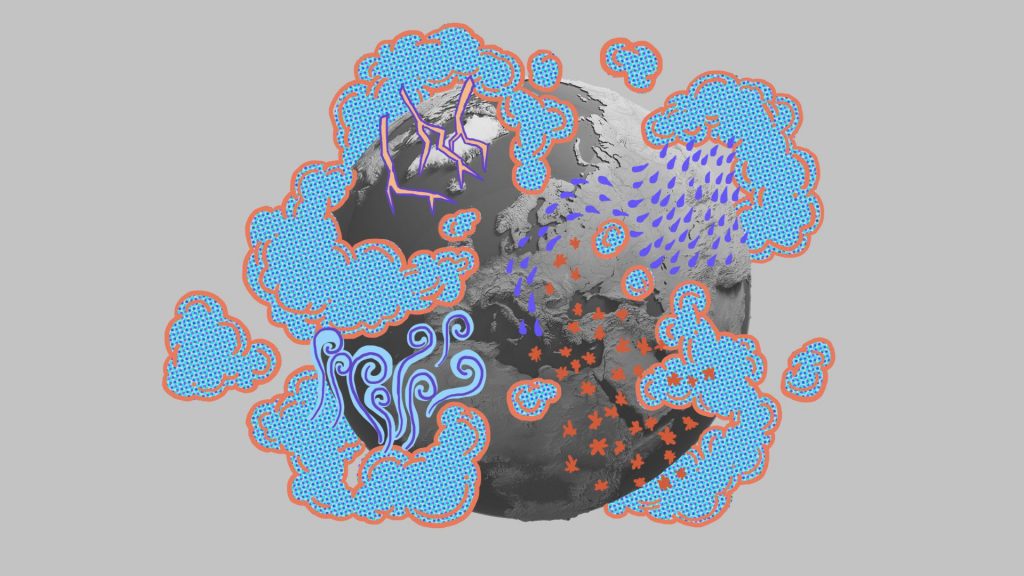
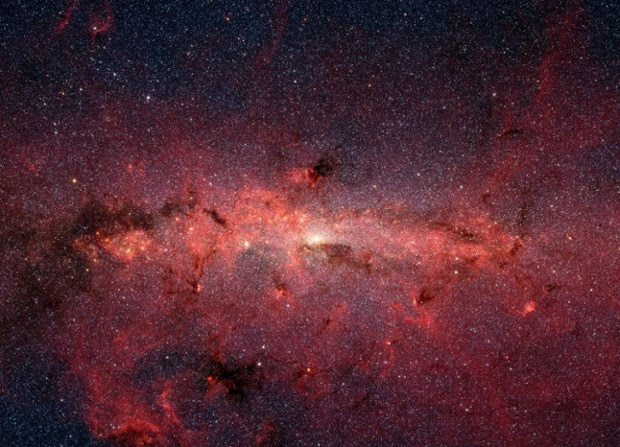
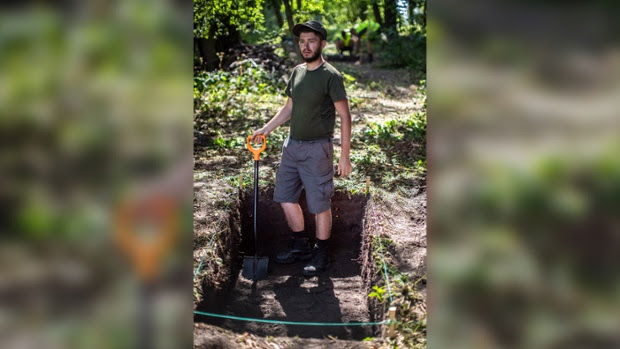
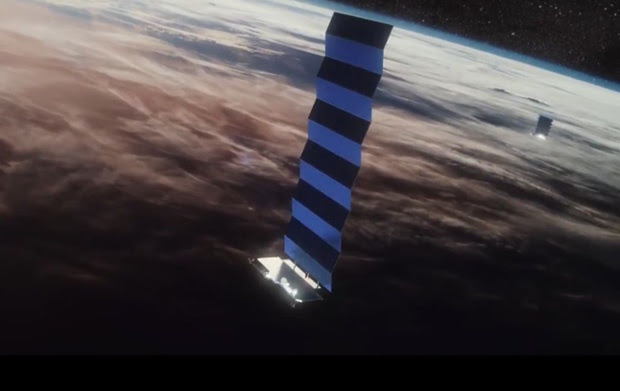
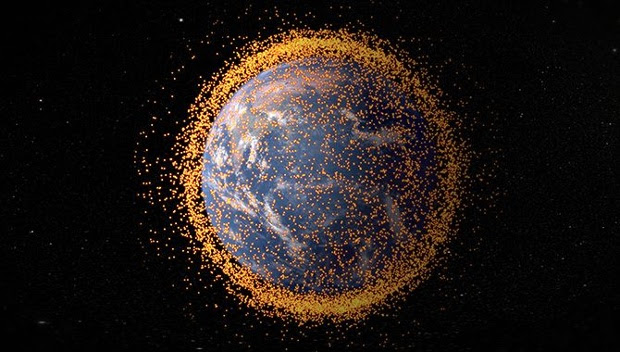

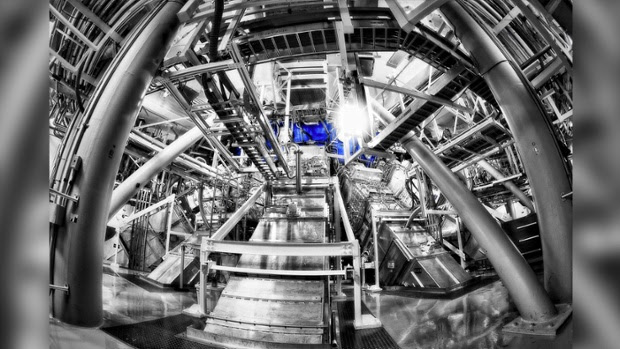

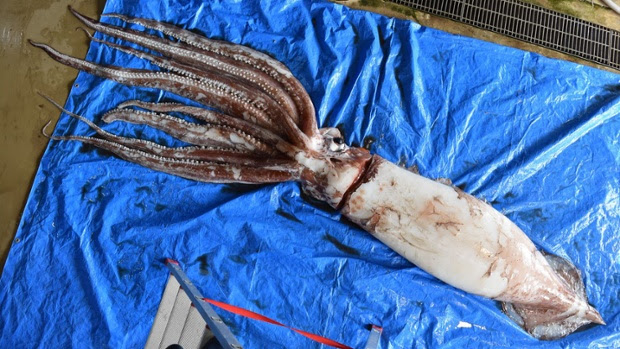



Leave a Reply